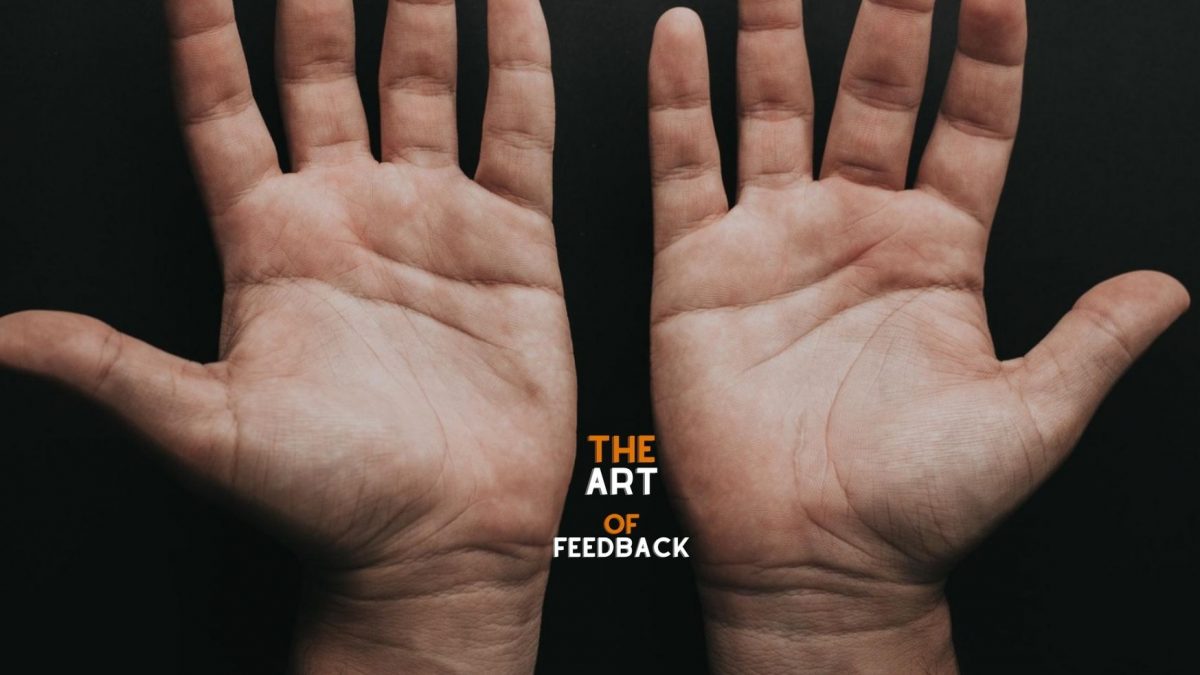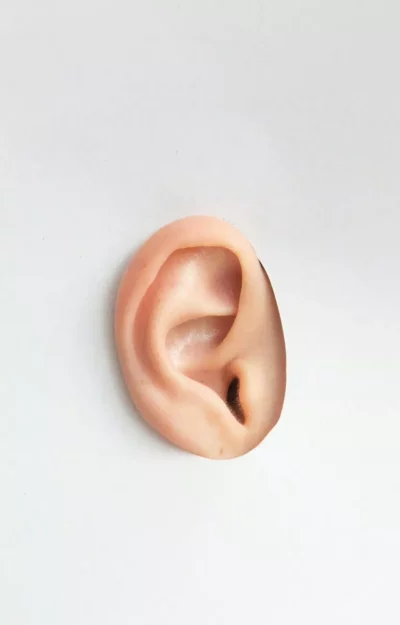The Art of Feedback
16.02.2021

As discussed in our earlier blogs Tech skills become obsolete – people skills won’t and Want to make your working community pleasant and effective – start with yourself, people skills might be even more important in consultant work than technical skills.
Consultants often jump from project to project, company to company and gather wealth of experience. This helps us identify possible problems in the projects. It’s also important that we can give feedback so that it is well received. Same can be said for receiving feedback, so we can improve ourselves. For these reasons, a professional community called “Smooth Interactions” was established at VALA to help our consultants to learn and practice people skills.
During our last community meeting we discussed giving and receiving feedback. We had a couple of exercises which inspired enthusiastic discussion. Below I have shared what we learned about giving feedback the right (praising) and the wrong (criticizing) way as well as how to receive feedback focusing on the needs.
Giving feedback – criticize or praise?
Giving feedback is one of the most important skills in the workplace. It gives one a chance to look back and learn from mistakes as well as to continue doing what works well. Well executed feedback will eventually help the whole organization, not just the individuals. But giving feedback, especially negative, can be a difficult task. On the one hand, getting it right might inspire people to learn and improve. On the other hand, get it wrong and you might even create enemies.
Furman, Pinjola and Rubanovitsch offer two ways of giving feedback in their book [1]. One is to criticize, one is to praise.
The wrong way: Criticizing

In the hand of criticism (pictured above) we focus on criticizing the subject using five points:
- Always finger
- Point out how someone always/never/every time does something. “You always…”
- Problem finger
- Point out what the other one is doing wrong and even better, show proof. “You again didn’t clean the dishes..”
- Disadvantage finger
- Explain the hindrance the other one has caused to you, to the team and probably the whole world. “Whole house will smell awful!”
- Blame finger
- Blame the other one for being lazy, selfish or whatever is suitable. “You’re selfish and narcissistic, only thinking about yourself!”
- Deaf finger
- Demonstrate how the other one is unable to receive feedback and can not learn. “I’ve told you this million times!”
Using the hand of criticism is the surefire way to make sure your feedback will not be heard and the problem stays unsolved! It often inspires a defence reaction, negativity, less cooperation, less psychological safety as well as hurts the other person’s feelings.
The right way: Praising

As opposed to criticising, one might try the hand of praise. Just like in the hand of criticism, we use five points to get our point across:
- Contact finger
- Try to contact the other person, ask for permission to give feedback. “Hey, would you have time for a small chat?”
- Wish finger
- Tell how you hope the other one would act in future. “I have one idea that I hope you could listen to. After you’ve finished eating could you wash your dishes right after?”
- Advantage finger
- Explain your wishes and highlight the benefits. “This way the kitchen stays clean and the bad smell will not develop.”
- Faith finger
- Remember to create faith and optimism! “Once you start doing it I know it’ll become a habit in no time!”
- Contract finger
- Make a contract and give feedback. “What could I do to help you? How can I remind you if we notice the problem returning? Thanks for listening!”
With this approach your feedback will be more likely well received. This will cause a positive effect in your relationship, inspiring more cooperation and psychological safety. The other person also feels respected.
Receiving feedback – focus on the needs
As important as giving feedback is receiving it. When you’re receiving feedback you unfortunately can’t control how the feedback giver presents their feedback. So it’s up to you to receive the feedback well and act upon it. After all, we are responsible for our own feelings, whereas other people only give stimulus for our feelings. You have the control on how you react to the stimulus [2].
The NVC (non-violent communication) process has four steps: observations, feelings, needs and requests[2]. I find feelings and needs especially important. Behind the feelings are usually some needs, satisfied or unsatisfied. This is where one should focus when receiving feedback. Should the feedback giver be angry or annoyed, they probably have some unsatisfied needs behind those feelings [3].
It is completely natural to respond by fighting back or taking the feedback personally when receiving negative feedback. But one should try to avoid these reactions and instead try to consider one’s own feelings and needs as well as the feedback giver’s feelings and needs [2]. When you focus on the needs behind the feelings, it is easier to stay calm and focus on the important thing itself: feedback.
We found two helpful tools which might help you when listening to feedback.

- Simplify listening by categorizing the feedback into two categories: “thank you” and “I need help”.
- Thank you means their needs have been satisfied.
- I need help means some of their needs are still unsatisfied and require action.
- Try to rephrase what they’re saying to discover their needs:
- For example they might say: “You can’t be trusted, you never finish your tasks”
- “I understand that you need clear completion criteria and communication once the task is completed?”
- For example they might say: “You can’t be trusted, you never finish your tasks”
Once you really start listening to the feedback focusing on the needs with the help of the tools above it helps you control your natural responses of fighting back and taking it personally. This way you can learn more from the feedback and the feedback giver will also be more satisfied.
How did we practice?
In our meeting, we collected ideas for feedback. For example confronting a coworker who is always late. In pairs, we first tried giving feedback using the hand of criticism and then the hand of praise. We would then examine how we felt about each of these methods and which one would more likely lead to a desirable outcome.
Another practice we did was translating phrases to needs. Let’s say someone says to you “You’re lazy and never do anything!”. What could be the needs behind this statement? Perhaps the feedback giver feels stressed and doesn’t have enough time to rest? Or is it something else? After this we thought of possible responses focusing on the needs. For example “I understand you feel really stressed and you wish you got more support from me so you have more time to relax?” This way the aggressiveness is dropped from the feedback and you’re once again focusing on the actual problem.
Conclusions
People skills are crucial to our everyday lives to ensure smooth interactions, both at work and during free time. Just like we practice and learn coding, we should spend time practicing our people skills. Exercising in groups is a nice way to get started in a safe environment before the real situation. You can also practice alone by trying to come up with aggressive feedback phrases and trying to discover the needs behind them.
Sources:
- Pinjola, Furman, Rubanovitsch: Valmenna onnistumaan. Nyt.
- Rosenberg & Chopra: Nonviolent Communication: A Language of Life : Life-Changing Tools for Healthy Relationships
- Liv Larson:A Helping Hand, mediation with Nonviolent Communication
About the writer

Tomi Suomi
Software developer
Tomi is a software engineer with continuous interest to learn new things inside and outside of software development world. He is interested in behavioral skills and their importance in consulting job and trying to push these ideas forward within the company.




